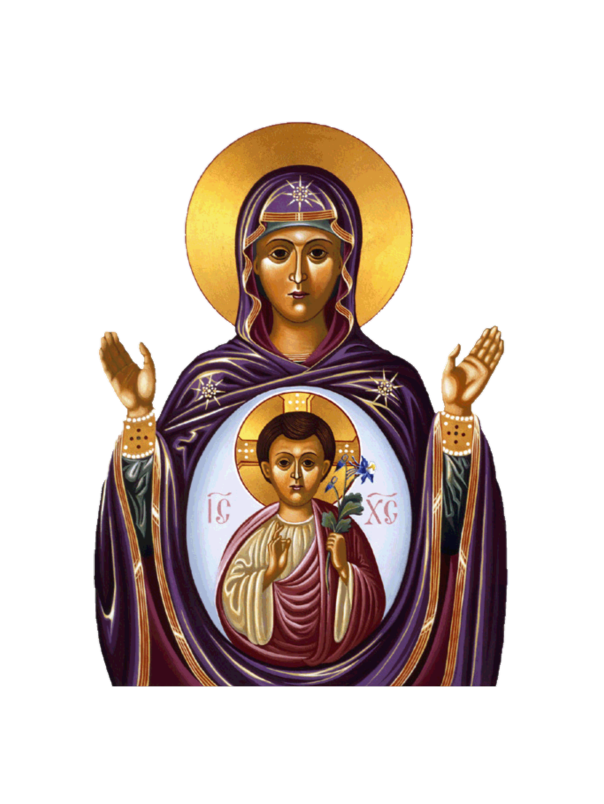Priests For Life Canada
EUTHANASIA
Pain | Quality of Life | The Importance of the Last Moments of Life | A Word on “Dignity” | Church Teaching
It is critical that priests be well informed about euthanasia. The debate over the so-called right to “die with dignity” is intensifying in many western countries – including Canada.
Euthanasia is the deliberate killing of someone by action or omission, with or without that person’s consent, for compassionate reasons. The person who commits euthanasia must, therefore, intend to kill the person and must cause the death. A lethal injection would be an example of an action. Withholding medically indicated treatment would be an example of an omission.
So, what medical treatments are we morally obliged to accept?
We are obliged to seek those measures that offer a reasonable hope of benefit, and that can be obtained and used without excessive pain, expense or other serious inconvenience.
We are not obliged to seek treatment when it is of no benefit or when the burdens resulting from treatment are clearly disproportionate to the benefits hoped for or obtained. “Burden” here refers only to the patient. It is not a matter of the person being a burden to the family, hospital or insurance company. When no further treatment is possible, our duty becomes care in the final days of life.
Given these principles, euthanasia does not include:
Letting someone die naturally by withholding or withdrawing medical treatment when its burdens outweigh its benefits.
Giving drugs to relieve pain and suffering at the end of life even if a foreseen but unintended effect is to shorten life.
In speaking about Euthanasia and Assisted Suicide, we may consider two fundamental points:
Pain
We cannot be afraid to tackle this question head-on. We have to get across that:
Palliative care drugs and techniques oriented to the management of physical pain are capable of effectively controlling pain in 95% of cases (of this 95%, 20% represent complex pain management which requires pain experts). The other 5% cases can only be treated by inducing unconsciousness due to the state of nerve involvement in some cancers.
Nearly 100% of suicide requests from patients are reversed the moment pain and depression are treated. The Toronto Star of Sept 27, 2000 reported: “Studies have shown that most people who ask to die change their minds after being treated for physical pain or depression. But about 4-5% continue to want Euthanasia and Physician Assisted Suicide”
Most types of pain medications and treatments can be administered in the home. Patients need not be afraid that they will have to be locked up in hospitals for long periods of time in order to obtain pain treatment.
Quality of Life
What makes my life worth living?
People often look at situations of difficult pain and suffering and ask: “Who would want to live this way?” But this is the wrong question! Of course, no one would choose to live this way. The real question is: “What do we do when it happens?” Do we strive to be a culture that solves its difficult human problems by caring for the patient or do we settle for simply killing the patient? It is essential that people understand an authentic quality of life before terrible things begin to happen to them.
One very helpful approach to understanding and teaching about quality of life is the Life Principles. By considering four levels of meaning and purpose in life, the Life Principles show just how much life has to offer in its final moments. Too often, however, we limit life’s value to lower level matters such as independence, autonomy and pleasure.
The Importance of the Last Moments of Life
At the end of life, one is faced with a weak and deteriorating body while at the same time the soul is experiencing a moment of great openness and strength. This mystery of the human person is critical in understanding the end of life.
While we should no in any way “romanticize” death, we cannot reject the great gifts that are available precisely in the final moments of life: gifts such as reconciliation and unconditional love. On the other hand, euthanasia sees no possible value in the last moments of life.
A Word on "Dignity"
It is an indictment of us as a society when people feel that they have lost their dignity at the end of life. Why have we made them feel less dignified? It’s not the job of a dying person to feel significant; it’s our job to show them that they are significant.
Euthanasia kills a person twice. The first time is when we look at their life and say: “You’re right. Your life really isn’t worth living.” And the second time is when we actually kill them.
Church Teaching
Evangelium Vitae: On the Value and Inviolability of Human Life, Pope John Paul II, 1995: http://w2.vatican.va/content/john-paul-ii/en/encyclicals/documents/hf_jp-ii_enc_25031995_evangelium-vitae.html
Responses to Certain Questions Concerning Artificial Nutrition and Hydration,Congregation for the Doctrine of the Faith, August 1, 2007 http://www.vatican.va/roman_curia/congregations/cfaith/documents/rc_con_cfaith_doc_20070801_risposte-usa_en.html
Commentary on Nutrition and Hydration, Congregation for the Doctrine of the Faith, August 1, 2007 http://www.vatican.va/roman_curia/congregations/cfaith/documents/rc_con_cfaith_doc_20070801_nota-commento_en.html
Address of John Paul II to the Participants in the International Congress on Life-Sustaining Treatments and the Vegetative State, Pope John Paul II, March 20, 2004 http://w2.vatican.va/content/john-paul-ii/en/speeches/2004/march/documents/hf_jp-ii_spe_20040320_congress-fiamc.html
Declaration on Euthanasia, Sacred Congregation for the Doctrine of the Faith, 1980 http://www.vatican.va/roman_curia/congregations/cfaith/documents/rc_con_cfaith_doc_19800505_euthanasia_en.html
Spe Salvi has an excellent section on suffering Paragraphs 35-40. http://www.vatican.va/holy_father/benedict_xvi/encyclicals/documents/hf_ben-xvi_enc_20071130_spe-salvi_en.html

